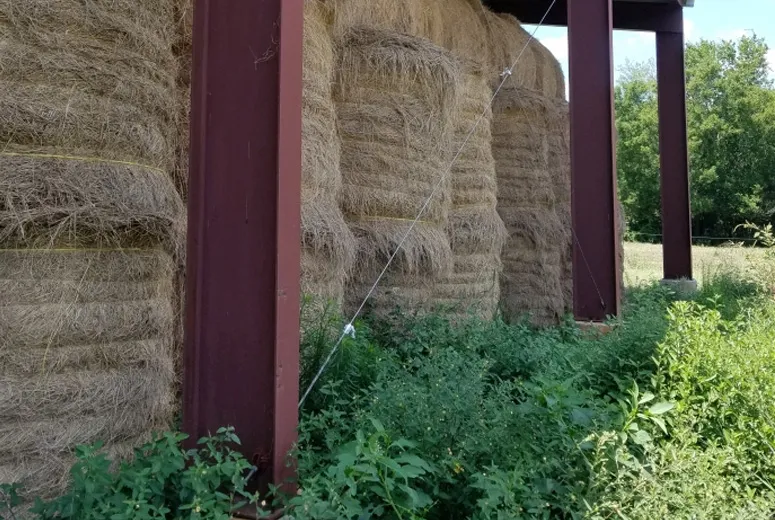- Afrikaans
- Albanian
- Amharic
- Arabic
- Armenian
- Azerbaijani
- Basque
- Belarusian
- Bengali
- Bosnian
- Bulgarian
- Catalan
- Cebuano
- Corsican
- Croatian
- Czech
- Danish
- Dutch
- English
- Esperanto
- Estonian
- Finnish
- French
- Frisian
- Galician
- Georgian
- German
- Greek
- Gujarati
- Haitian Creole
- hausa
- hawaiian
- Hebrew
- Hindi
- Miao
- Hungarian
- Icelandic
- igbo
- Indonesian
- irish
- Italian
- Japanese
- Javanese
- Kannada
- kazakh
- Khmer
- Rwandese
- Korean
- Kurdish
- Kyrgyz
- Lao
- Latin
- Latvian
- Lithuanian
- Luxembourgish
- Macedonian
- Malgashi
- Malay
- Malayalam
- Maltese
- Maori
- Marathi
- Mongolian
- Myanmar
- Nepali
- Norwegian
- Norwegian
- Occitan
- Pashto
- Persian
- Polish
- Portuguese
- Punjabi
- Romanian
- Russian
- Samoan
- Scottish Gaelic
- Serbian
- Sesotho
- Shona
- Sindhi
- Sinhala
- Slovak
- Slovenian
- Somali
- Spanish
- Sundanese
- Swahili
- Swedish
- Tagalog
- Tajik
- Tamil
- Tatar
- Telugu
- Thai
- Turkish
- Turkmen
- Ukrainian
- Urdu
- Uighur
- Uzbek
- Vietnamese
- Welsh
- Bantu
- Yiddish
- Yoruba
- Zulu
Nov . 16, 2024 05:25 Back to list
Prefabricated Structural Steel Revolutionizing Modern Construction
In the realm of modern construction, prefabricated structural steel has emerged as a revolutionary approach that combines efficiency, quality, and sustainability. This innovative method involves the production of steel components in a controlled factory environment, which are then transported to construction sites for assembly. The shift towards prefabrication is transforming how buildings are constructed, offering numerous advantages over traditional methods.
Understanding Prefabricated Structural Steel
Prefabricated structural steel refers to the process of manufacturing steel components — such as beams, columns, and trusses — off-site, often using advanced technologies like computer-aided design (CAD) and robotics. Unlike traditional construction, where materials are cut and assembled directly on-site, prefabrication allows for a more streamlined and systematic approach. Manufacturers can produce components in bulk, ensuring each piece meets high standards of quality and precision.
The use of steel as a primary material in prefabrication is particularly advantageous. Steel’s strength-to-weight ratio, durability, and versatility make it a preferred choice for a variety of construction projects, from commercial buildings and bridges to residential homes and skyscrapers. Furthermore, steel is recyclable, which aligns with modern sustainability goals, reducing the ecological footprint of construction activities.
The Benefits of Prefabrication
1. Time Efficiency One of the most significant advantages of using prefabricated structural steel is the reduction in construction time. Since components are manufactured simultaneously with site preparation, the overall timeline from project inception to completion is drastically shortened. This fast-tracking approach not only saves time but also reduces labor costs, allowing contractors to take on more projects.
2. Quality Control Prefabrication takes advantage of controlled factory environments, minimizing the impact of external weather conditions on production quality. Each piece is subject to rigorous quality checks, ensuring that every component meets specified standards. This level of precision contributes to the structural integrity of the final building.
prefab structural steel

3. Cost Savings While the initial investment in prefabricated materials might seem higher, the overall cost savings can be substantial. Reduced labor costs, fewer delays, and minimized waste all lead to lower total expenses. Additionally, the reduced time on-site means less overhead for project managers.
4. Safety A factory setting generally allows for safer working conditions compared to a traditional construction site. Workers face fewer hazards, and the assembly process is often less complicated than on-site assembly, further enhancing worker safety. A safer work environment can drastically reduce the number of injuries and accidents, ultimately leading to lower insurance costs for companies.
5. Sustainability As environmental concerns grow, prefabricated structural steel presents a compelling case for sustainable construction. Steel is one of the most recycled materials in the world, and with careful planning, waste can be minimized during the prefabrication process. Furthermore, shorter construction timelines mean less energy consumption and lower emissions from machinery and transportation.
Challenges and Considerations
Despite its many benefits, prefabricated structural steel is not without challenges. The initial design and planning stages require careful consideration to ensure that components fit together seamlessly once on-site. Transportation logistics can also present complications, as oversized or heavy components may require specialized equipment. Moreover, the reliance on accurate forecasts of material needs can lead to excess inventory if not properly managed.
Conclusion
Prefabricated structural steel is reshaping the construction industry by enhancing efficiency, improving safety, and promoting sustainability. As technology continues to evolve, the potential for prefabrication is boundless. Architects, engineers, and contractors who embrace this innovative approach will not only benefit from reduced construction times and costs but also contribute towards building a more sustainable future. The integration of prefabricated structural steel into modern construction practices is not just a trend; it is a strategic move towards redefining the capabilities of the construction sector. As we look to the future, embracing such innovations will be critical in addressing the growing demands of urbanization and environmental stewardship.
-
How Do Prefabricated Steel Structures Transform Modern Construction?
NewsJul.14,2025
-
How Do Prefabricated Metal Buildings Redefine Modern Construction?
NewsJul.14,2025
-
How Do Prefab Insulated Metal Buildings and Steel Structures Revolutionize Modern Construction?
NewsJul.14,2025
-
How Do Pre - Engineered Steel Structures Redefine Modern Construction?
NewsJul.14,2025
-
Advancing Modular Construction with Prefabricated Metal Structures
NewsJul.14,2025
-
Advancing Industrial Infrastructure with Prefabricated Steel Solutions
NewsJul.14,2025
Products categories
Our Latest News
We have a professional design team and an excellent production and construction team.












